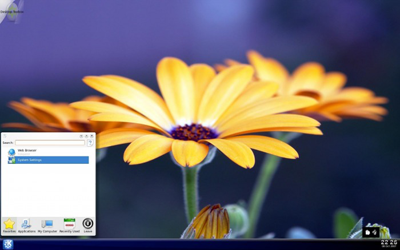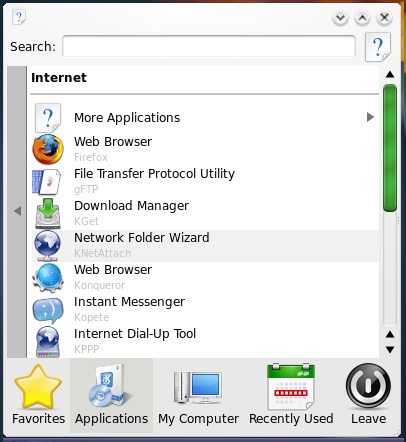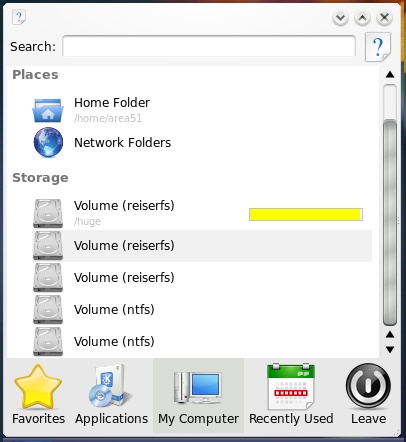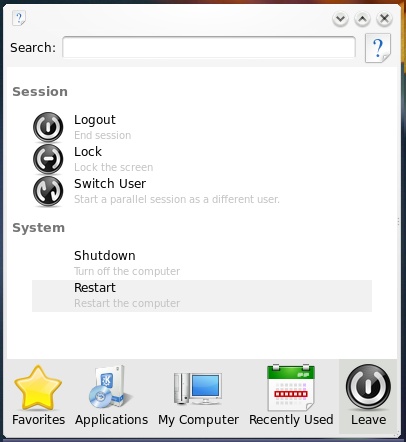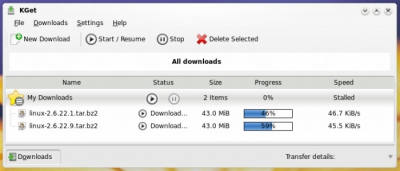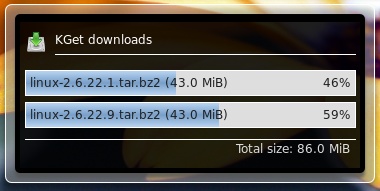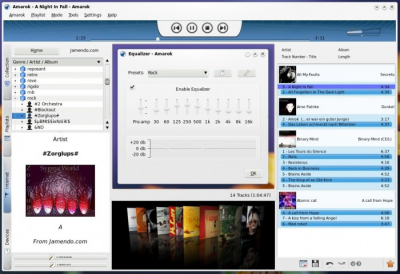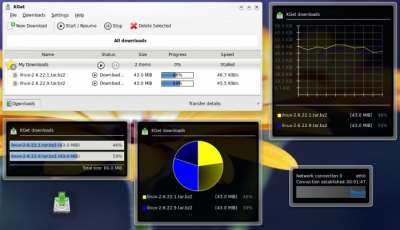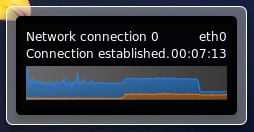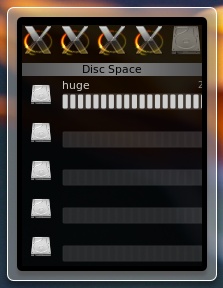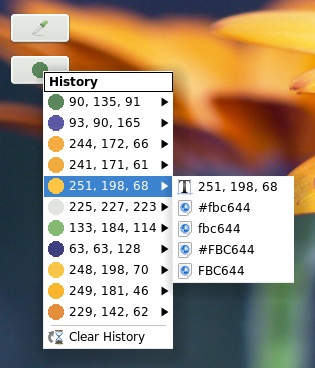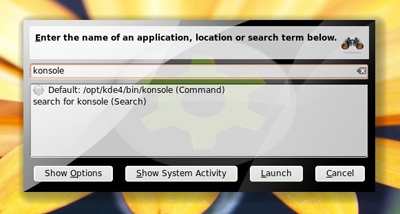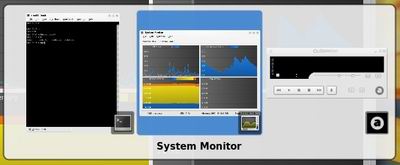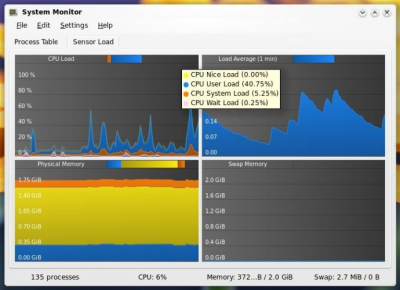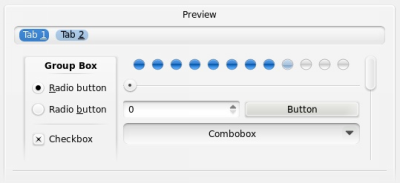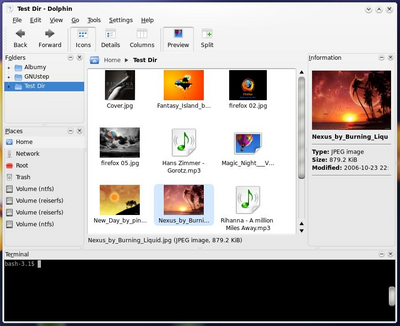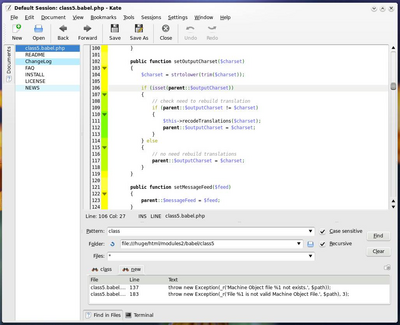 As one of bloggers from kdedevelopers.org site mentioned correctly, KDE4 and KDE 4.0 are not the same. When people are reviewing and discussing the KDE’s latest release, i.e. 4, they are at times messing up the two terms.
As one of bloggers from kdedevelopers.org site mentioned correctly, KDE4 and KDE 4.0 are not the same. When people are reviewing and discussing the KDE’s latest release, i.e. 4, they are at times messing up the two terms.
- KDE 4.0 is not KDE4 but only the first (4.0.0 even non-bugfix) release in a years-long KDE4 series to come.
- KDE 4.0 is known to have missing parts or temporary implementations (eg printing, PIM, Plasma).
- Most changes happened under the surface and cannot be discovered in a “30 minutes usageâ€-review anyway.
- User interfaces being unchanged in 4.0 compared to 3.5 may be still changed/improved during KDE4 life time.
- KDE 4.0 will not be the fastest KDE4 release, like for KDE2 most speed optimizations will happen later during KDE4.
- Most applications (many are not even fully ported yet) will take advantage of new features which the new Qt/KDE libraries offer only later.
- Don’t measure portability success (eg MS Windows) by current availability of application releases, they will come.
- KDE 4.0 is only expected to be used by early adopters, not every KDE 3.5 user (and IMHO KDE 4.0 shouldn’t be pushed onto other user types like planned for Kubuntu ShipIt [btw said to have only 6 months support for its packages]).
- KDE 4.1 development will not require the same amount of time as the big technology jump 4.0, expect 4.1 later this year.
BTW, do you know that KDE 4.0 can be installed on Windows as well; while using a Windows machine you can take a dive into the ocean of powerful applications, awesome user experience and the freedom Richard M Stallman talks about. An advanced user can compile KDE 4.0 for Windows through the toolkit available, but an ordinary ‘click-next’ user will have to wait for a while for the Windows-ready-to-install KDE version.
So, there you go. Enjoy KDE4 and the current 4.0.0 release :-p
Related: And here are few more latest reviews on KDE 4:
- KDE4 reviewed
- KDE4 – New look, new concepts, less functionality — for now!
- KDE 4.0.0 – KWin Composite Showcast
- Giving 4.0 a go
- Giving 4.0 a go, Part 2
- Inside of K Desktop Environment (KDE) 4
- KDE 4.0
- First Look at KDE 4
- KDE 4: Houston, we have a problem!
- Disappearing Panel in KDE 4
- KDE 4.0.0: Sweet Follows Sour
- KDE4 offers new glitzy look
- Konqueror 4.0 brings some vast improvements











